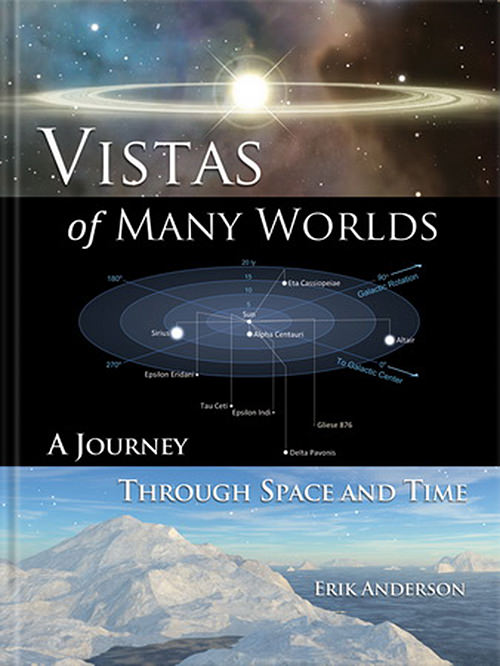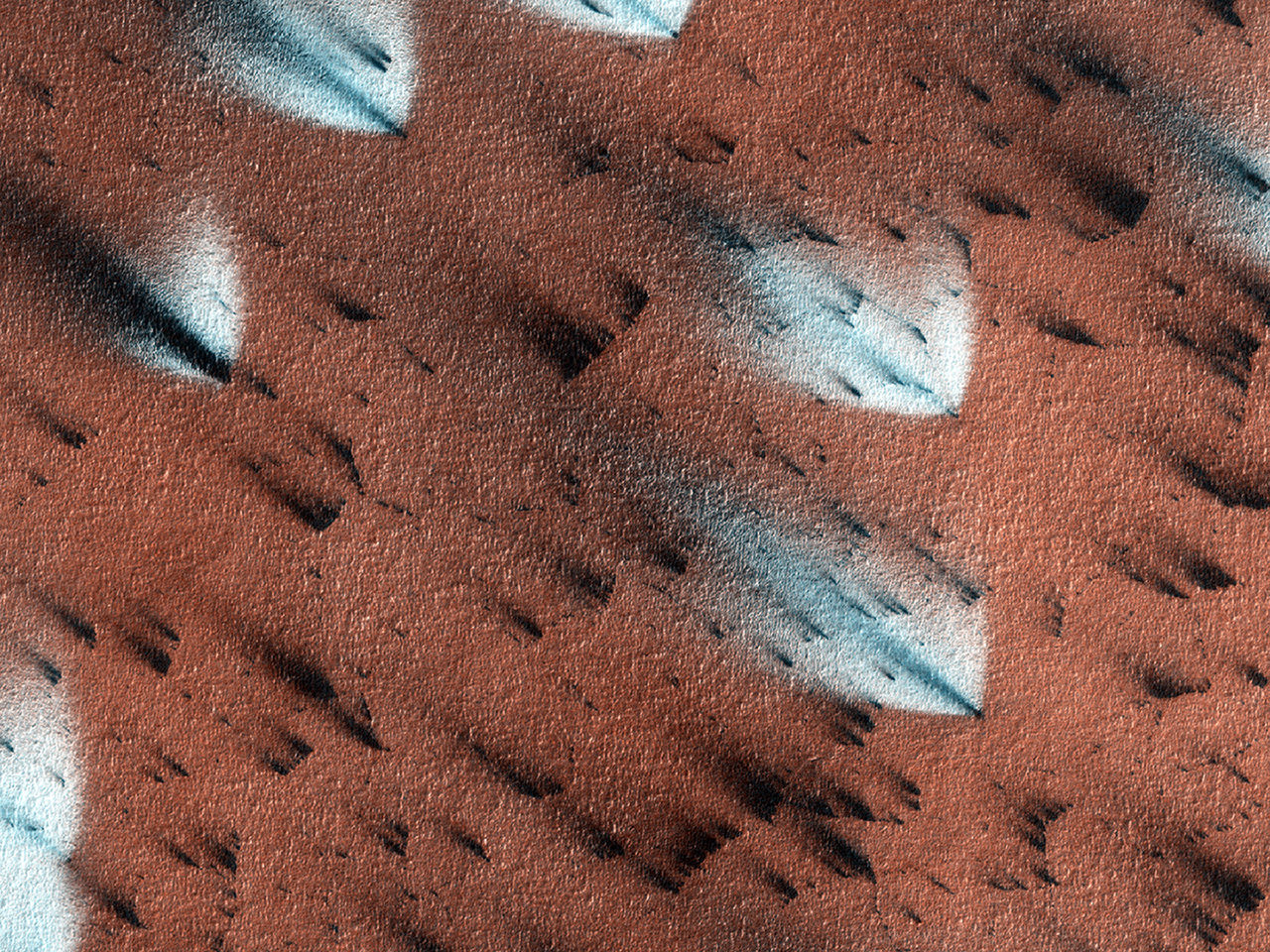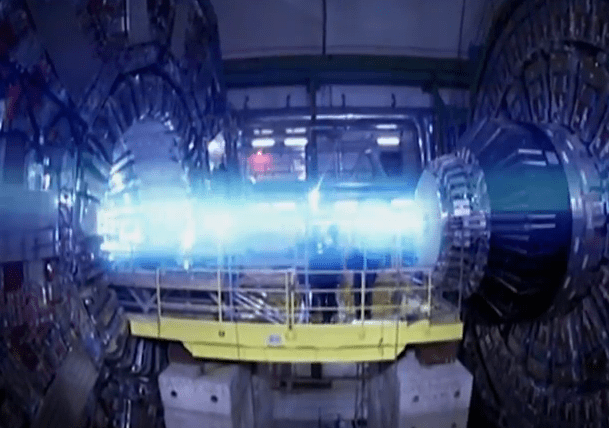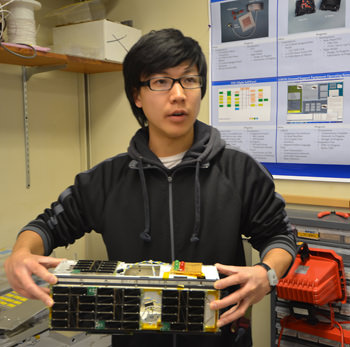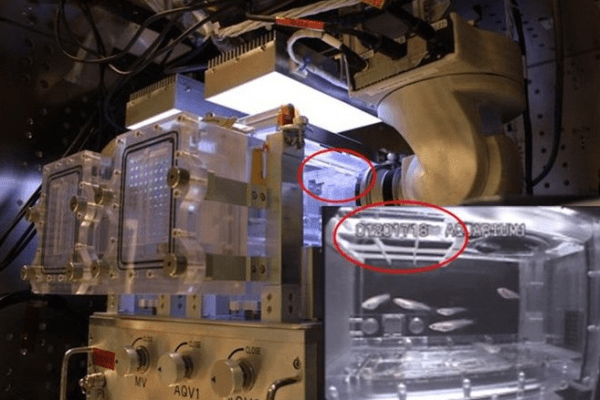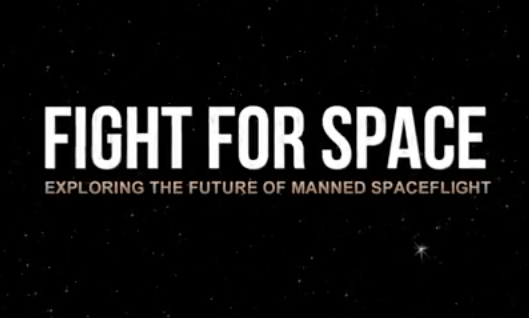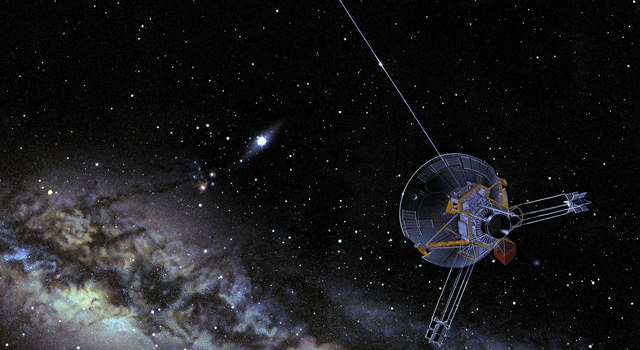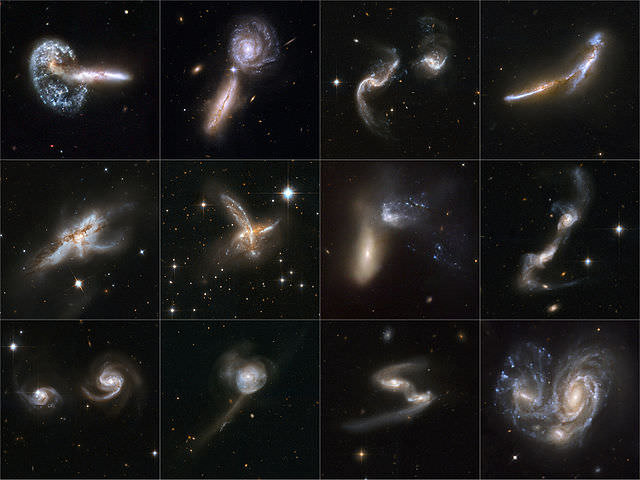While many astronomy books are based around images that show us how the Universe appears to us right now, as seen through the sensitive electronic eyes of powerful space telescopes and observatories around the world, Erik Anderson’s Vistas of Many Worlds: a Journey Through Space and Time takes a different, but no less fascinating, approach and shows us what the night sky used to look like, will one day look like, and how it may look from other much more distant worlds.
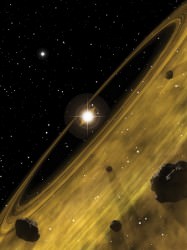
debris disks in this close-up perspective. (Pages 14-15)
Written and illustrated by Erik Anderson of the Ashland Astronomy Studio in Ashland, Oregon, Vistas of Many Worlds first takes us on a tour of our local region of the galaxy, introducing us to some of our Sun’s closest neighbors in space. From Alpha Centauri to Altair, we get scientifically-based renderings of several nearby stars as they’d appear close up, along with a detailed description of each — as well as an accurate depiction of the background stars (including the Sun) as they’d appear from such slightly different vantage points. We soon find out there’s an amazing amount of variety in our own stellar neighborhood alone!
Next we get a tour through time itself with images and detailed descriptions of the night sky as it appeared at various points in Earth’s history. Based on the actual movements of the stars across the galaxy, Anderson is able to accurately show the star-filled sky as it looked when the ocean cascaded over the Strait of Gibraltar to fill in the Mediterranean 5.3 million years ago, when the ancestors of modern humans were first learning to use fire 1.5 million years ago… and also what it will look like when the Solar System eventually dips back down into the galactic plane 25 million years from now — a time when nearly all the stars in the sky will be strangers, unfamiliar to us today.
After that Anderson takes us on a hunt for exoplanets, both known and imagined. We first visit the star systems that have been recently discovered to host planets — some a little like Earth, some a little like Jupiter, and some like nothing we’ve ever seen before. Then it’s off to look for truly Earthlike worlds by looking back at how our own planet became so favorable for life in the first place. From a stable parent star like the Sun to the chance birth of a large, stabilizing moon, from the delivery of life-sustaining liquid water (that stays liquid!) to having a protective “big brother” gas giant ready to take the heavy hits, and eventually what first drew organisms up from the sea onto dry land, Anderson speculates about Earth’s distant exoplanetary twins by reflecting on our planet itself.

when an ancient ape, “Ardi” the Ardipithecus, roamed Africa. (Pages 36-37)
And all the while showing what stars are where in the sky.
Vistas of Many Worlds is a true gem… it inspires imagination with the turn of each page. Anderson’s photorealistic computer-generated illustrations are lush and intriguing, and he does an excellent job combining speculation with scientific knowledge. It’s science as envisioned by an artist as well as art created by a scientist — truly the best of both many worlds.
The 123-page 9″ x 12″ hardcover book can be purchased on the Ashland Astronomy Studio’s website here, as well as on Amazon.com.
An iBook edition is soon to be announced.
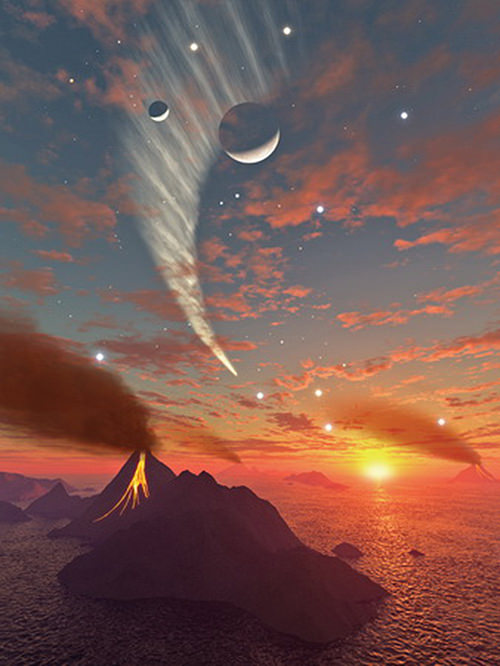
Cluster (star cluster M7). The scene parallels Earth’s own natural history,
commemorating the origins of watery oceans out of volcanic steam and
infalling comets. (Pages 96-97)
All images ©Erik Anderson/Ashland Astronomy Studio. All rights reserved. Used with permission.

